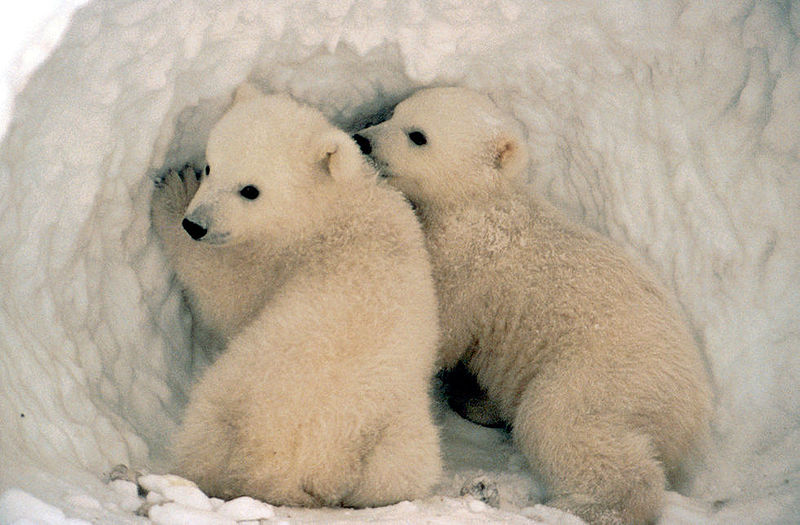En ny studie som publiceras i PNAS visar att vi människor i allt större utsträckning äter kött och att vår trofiska nivå ökar.
Trofisk nivå beskriver var olika arter befinner sig i näringskedjan. Arter som enbart äter vegetabilier t.ex. kaniner befinner sig på nivå 1 medan de arter som toppar näringskedjan kan befinna sig på upp till nivå 5,5 där man hittar isbjörnar och späckhuggare. Den nya studien är den första som beräknar människans trofiska nivå och visar att människor i genomsnitt befinner sig på nivå 2,21 (samma nivå som ansjovis och grisar) och att detta har stigit de senast 50 åren, mycket på grund av den ekonomiska tillväxten i Indien och Kina.
Det finns även delar av världen där man ser det motsatta – att den trofiska nivån går ner. I länder som Island, Mongoliet och Mauretanien har kosten historiskt varit baserad på kött, fisk och mejeriprodukter och nuförtiden har dessa länder tillgång till en mer varierad kost och mer vegetabilier.
Att människors diet i större utsträckning består av kött är problematiskt för miljön, men att människor i länder som Indien och Kina får det bättre ekonomiskt är såklart en positiv utveckling. Är hållbar utveckling en praktisk möjlighet eller är det bara ett buzzword?
A new study published in PNAS shows that we humans have increased our meat intake and that our trophic level is increasing.
Trophic level describes the position of different species in the food chain. Species that only eat plants such as rabbits are at level 1, while species at the top of the food chain can be on a level up to 5.5 where we find polar bears and killer whales. The new study is the first to calculate the trophic level of humans and shows that people on average are at level 2.21 (same level as anchovy or pigs) and that this has increased over the last 50 years, largely because of the economic growth in India and China.
There are also parts of the world where the opposite trend is evident – that the trophic level goes down. Countries like Iceland, Mongolia and Mauritania have historically had diets based on meat, fish and dairy products, and nowadays, these countries have access to a more varied diet and more vegetables.
An increased intake of meat in human diets is problematic for the environment, but a reduced number of people living in poverty in countries like India and China is of course a positive development. Is sustainable development a practical possibility or is it just a buzzword?
